Aston Martin's Adam Carter, the manufacturer's head of endurance motorsport, told reporters that he believed there was no reason why the Valkyrie AMR-LMH would be impacted by its lack of hybrid, compared to other top class cars in IMSA and WEC.
'We're entering, fundamentally, with a rear-wheel drive car, same as LMDh cars are rear-wheel drive only,' Carter told select media, in response to a question asked by Only Endurance.
'It comes down to that torque control at the drive shaft. So I see absolutely no reason to be at a deficit.'
The Valkyrie is powered by a naturally aspirated, 6.5-litre V12 engine. This is the same basic engine as in the road car, but the British manufacturer has made some vital changes to ensure that it can last for 24 hours at racing speed.
However, despite those changes and the need to adhere to the LMH regulations that the car is built to, the race car's engine shares much of its DNA with the road car, Aston says.
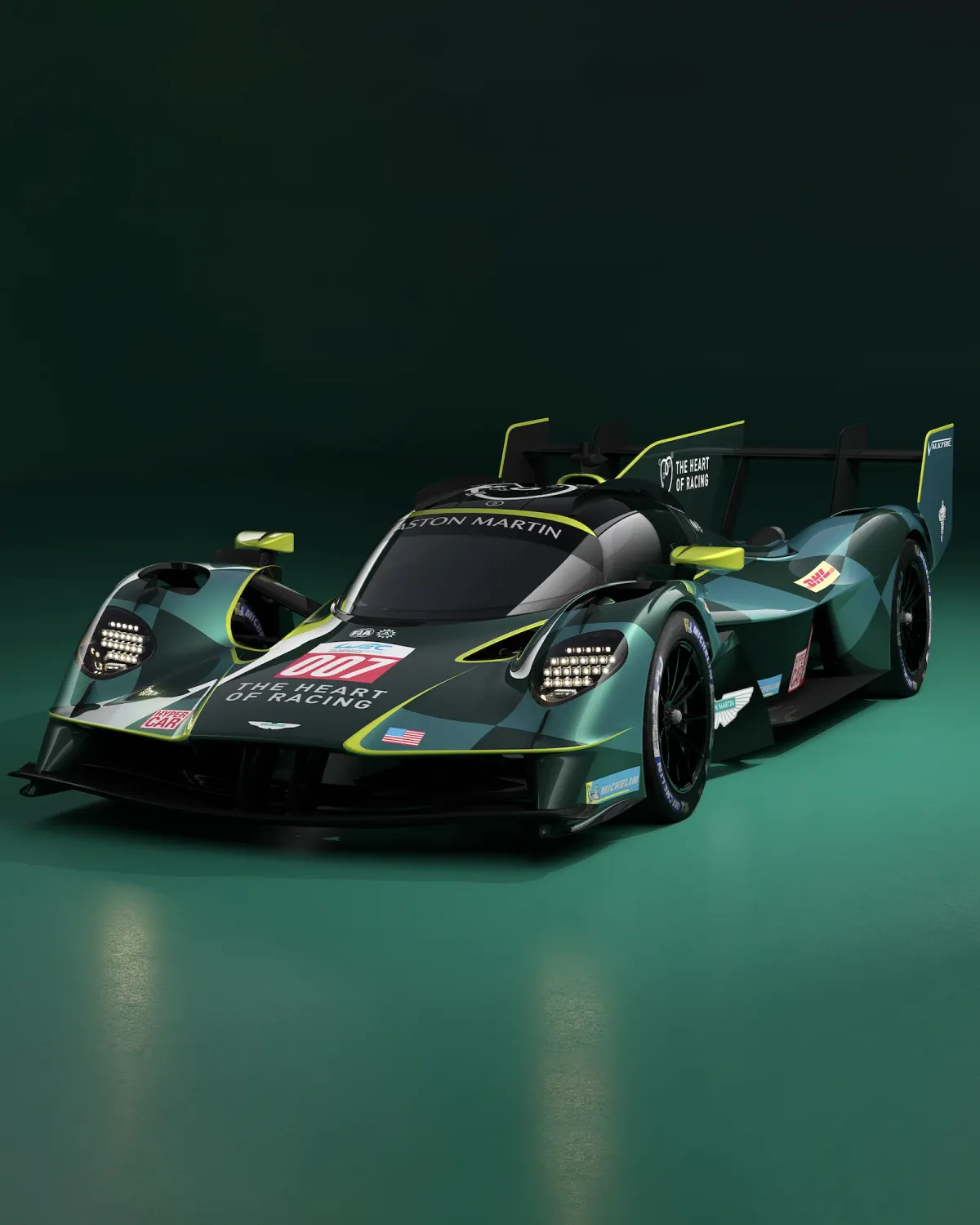
'Pros and cons' to hybrid
However, the race version of the Valkyrie lacks the hybrid component the road car possesses. This has 'pros and cons' according to Carter.
'All systems have pros and cons. Ultimately, that's part of the challenge of what we've been going through in testing and what lays ahead of us.
'Obviously, don't know where the competition is. There are benefits, should we say, of having a hybrid system, where you've got that theoretical, almost instantaneous torque delivery.
'V12s have a different torque delivery behaviour than other combustion engines. So ultimately everybody will have pros and cons within their toolkit in order to tackle that torque control.'
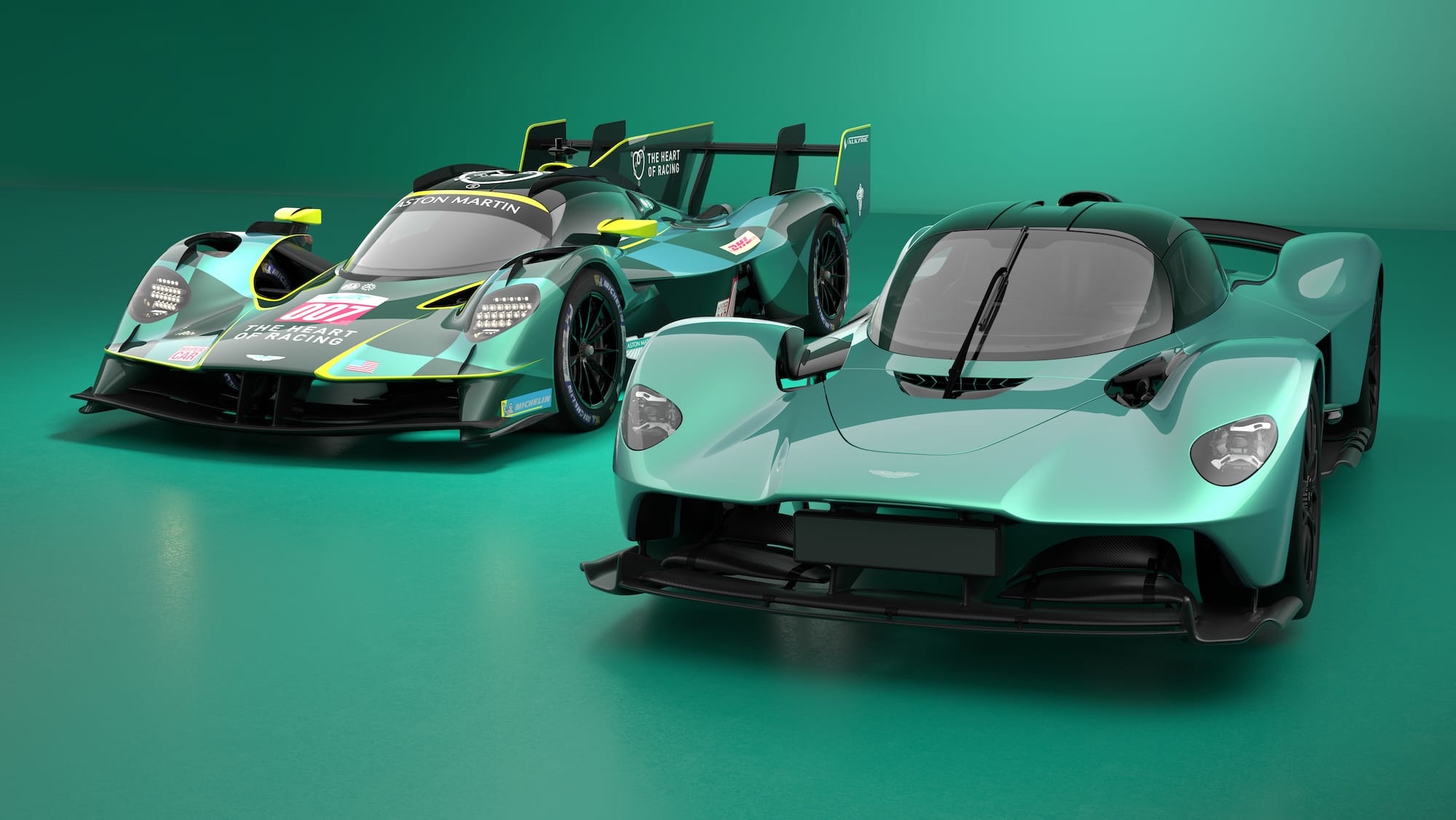
However, despite this, Carter told the group that it was key that the Valkyrie was developed as a Hypercar — a point he kept returning to.
'So, it's very important to us that the car was developed as a Hypercar, and it's a Valkyrie product. It's part of the Valkyrie extension, of that whole Valkyrie car, which has the 6.5-litre V12 at the heart of it.
'In order to take a 6.5L V12 in that package, run the V12, and meet the other regulatory requirements within WEC and the Hypercar rules, it's not possible to create [hybrid] and meet all the other requirements.
'Also, Aston Martin V12 engines feature as part of the powertrain throughout the product range, and running a sustainable fuel lean burn engine for us, is also a synergy with that road car strategy as well.'
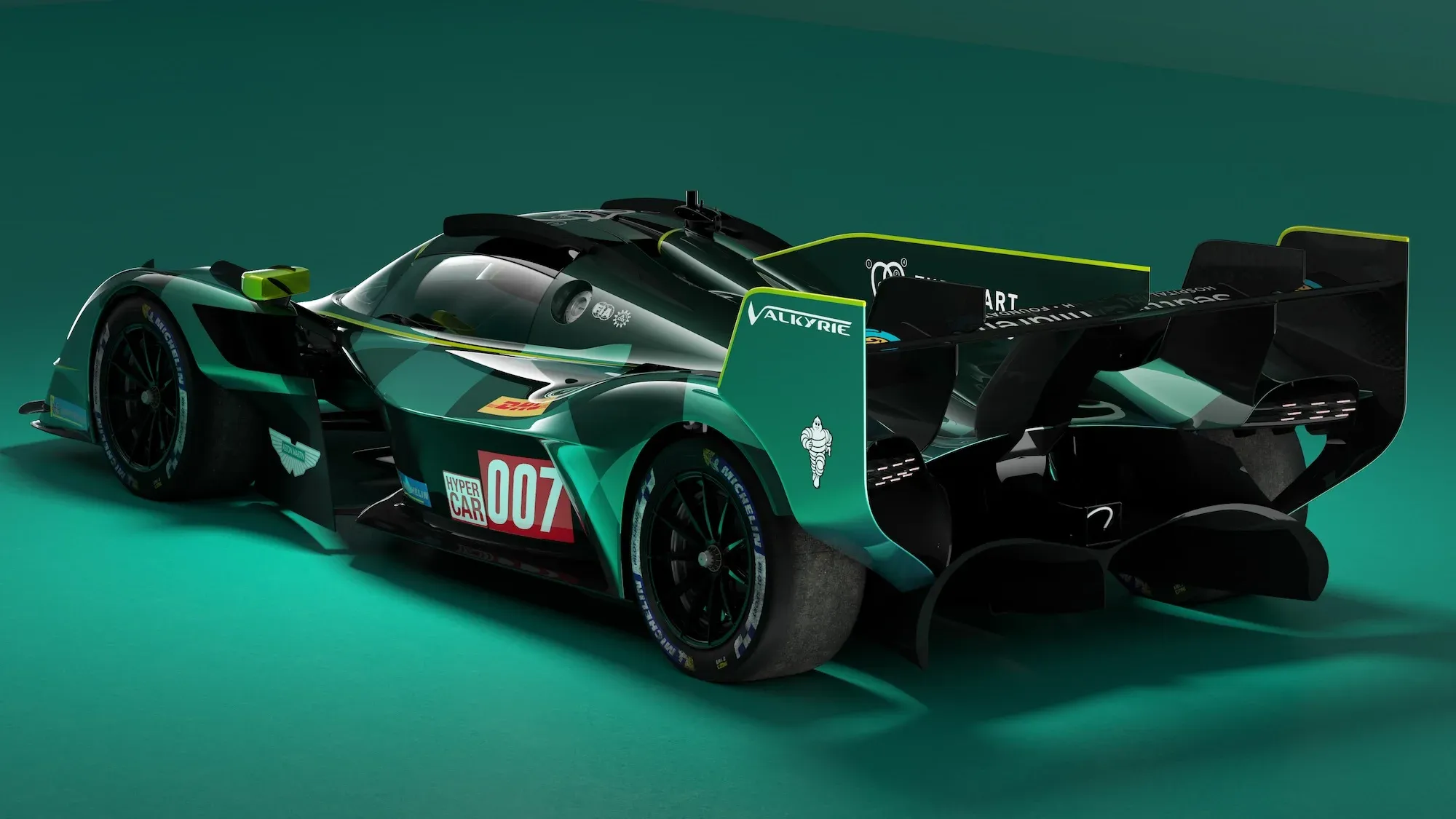
But, how exactly does this work within the regulations?
'Obviously, everything is based on closed loop torque control and drive shafts. So how you generate the torque at the rear wheels is, for want of a better word, controlled. And then it's about how good a job you do in achieving that control.
'That process is similar to an LMDh, with rear-wheel drive. Obviously, with the LMH cars that run in hybrid, they run with four-wheel drive. But the way the regulations are positioned around that, we're confident that we have a very capable package.'
Finally, with V12 engines being heavier than the V6s or V8s that their rivals use, Aston had to make a trade off.
'Hybrid units come with a significant consequence. So to take a car which is also carrying that V12 power unit, which come with a mass trade-off as well, when you do the summation of everything, it then becomes a, let's say a different challenge.
'Also how hybrid systems are developed, if you look at hybrid system of a Valkyrie, it's actually on the rear axle, not the front. So then you're into different chassis, concept, monocoque, etc.
'You change more front end, which comes with even further mass because it's not just an adaption of what you have. Moving it forward within that Hypercar regulation set, in terms of it reflecting what's allowed within that, and the mass penalty is significant,' Carter concluded.
'Foundation of a race car'
The Valkyrie started life in 2018 as a project to develop a track car was also usable as a road car. Due to this, Carter told the group that it had the nature and foundations of a race car since then.
'Fortunately, because the platform that the Valkyrie is, it doesn't present that many [challenges] in terms of aerodynamic concept," Carter said, in response to a question from Only Endurance on the biggest challenge developing a road car into a race car.
'The Valkyrie road car has the benefit of having an active hydraulic, active ride control system and active aerodynamics with front and rear wing flaps.
'So moving that car from its concept into a passive aero car, I wouldn't say, created any particulate challenges, but it did create a reasonable shift in the concept of how we worked on the aerodynamics.
'The rest of it, I would say the very nature of the Valkyrie car leans itself well to being the foundation of a race car.'
The passive vs active aero that Carter mentions is a key point. The original road-going version of the Valkyrie had active aerodynamics, in the form of adjustable front and rear wings, which are automatically adjusted by the car's onboard computer.
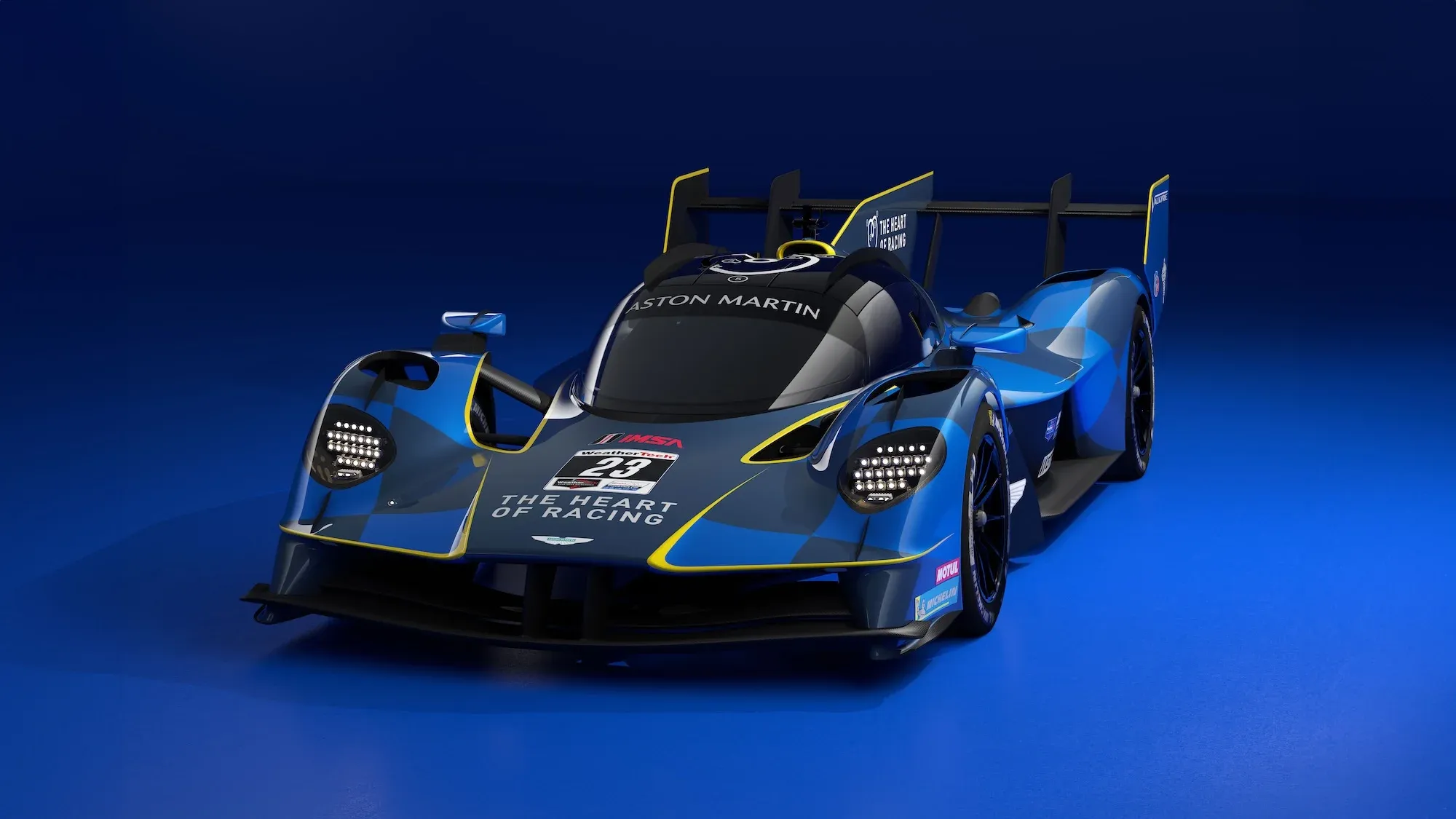
However, these kind of the aerodynamics are not permitted in the WEC's Hypercar regulations. Comparing them, then, is 'unfair' according to Carter.
'It's not a straight forward answer, because of the way the production car operates with active aerodynamics,' Carter said, in response to being asked how much downforce has been lost in comparison to the road car.
'So, obviously, the LMh car is a passive vehicle, whereas the road car is a fully active hydraulic platform car . So, it'd be unfair to do a comparison because in different conditions, the active car is giving itself different performance.'
More Valkyrie DNA
However, it is maybe surprising just how much of the LMH version of the car looks similar to the production version.
'So obviously, you're all aware of performance window elements. So we've had to redefine the aerodynamics of the car.
If you look at the car, actually, we went out with great intention of leaving as much of the, let's say, outward facing surfaces, as per the Valkyrie surfaces.
'So it's very important that it's the full representation of the Valkyrie where possible.
'In terms of the repositioning, in the performance window, a lot of that is on the underfloor, the under floor front wing area. And you'll also see, as with the other LMDh and LMH cars, an amount of work put in place around the aerodynamic stability criteria.
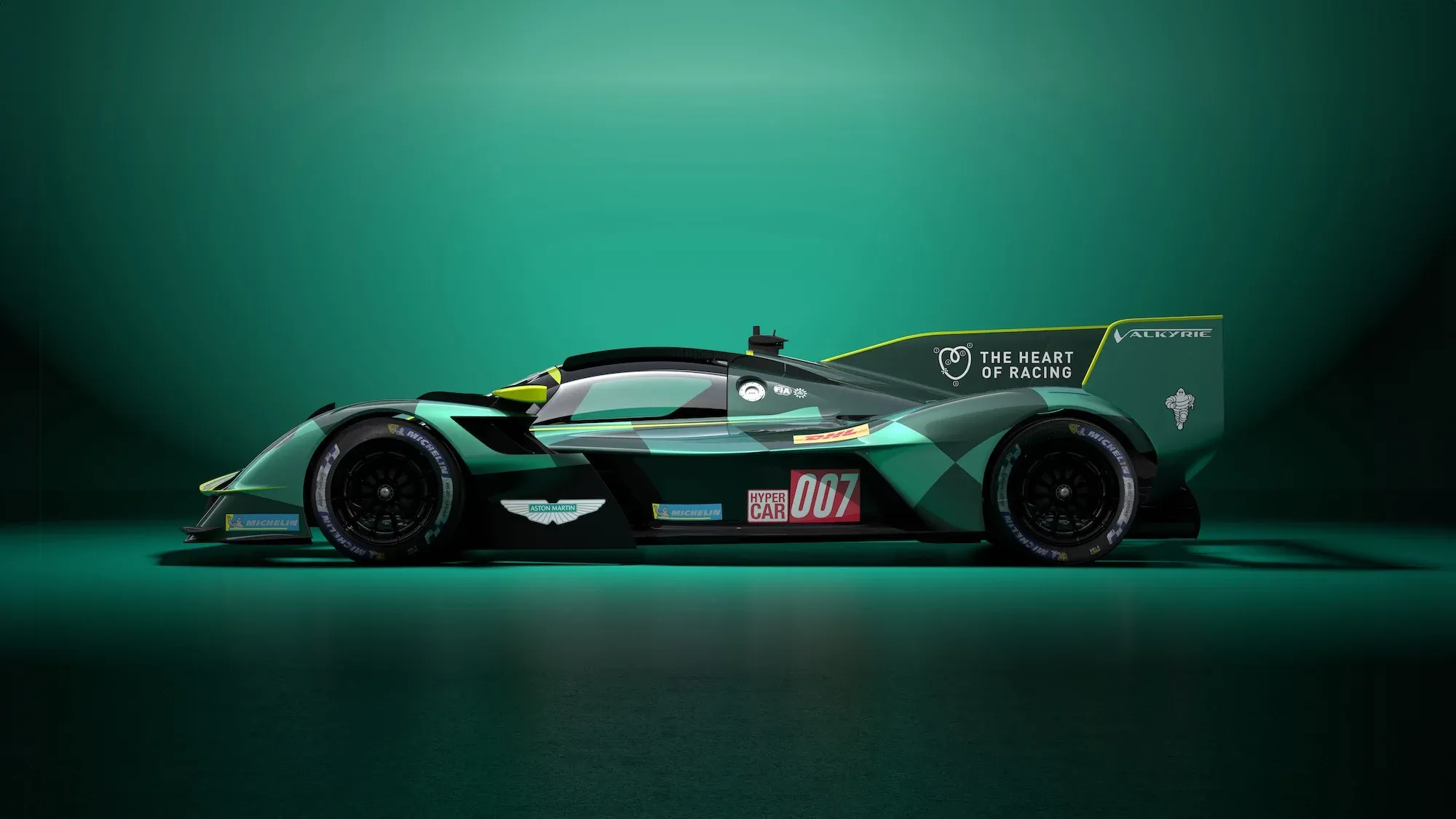
'So apertures in the fenders and rear wing end plates, etc. But largely largely from a performance perspective, it's in the underbody, and then we've left large portion of the upper surfaces as per stock Valkyrie,' Carter finished.
All that remains, then, is to see how the Valkyrie does on track. It'll make it's global racing debut at Qatar in the WEC season opener, in the hands of The Heart of Racing and drivers Harry Tincknell, Tom Gamble, Alex Riberas, and Marco Sørensen.
Download The Racing Line, your personalised motorsport calendar, on iOS today to get up to date session times and customisable notifications for over 150 different series, including single seaters, sportscars, rally, bikes, and much more.

